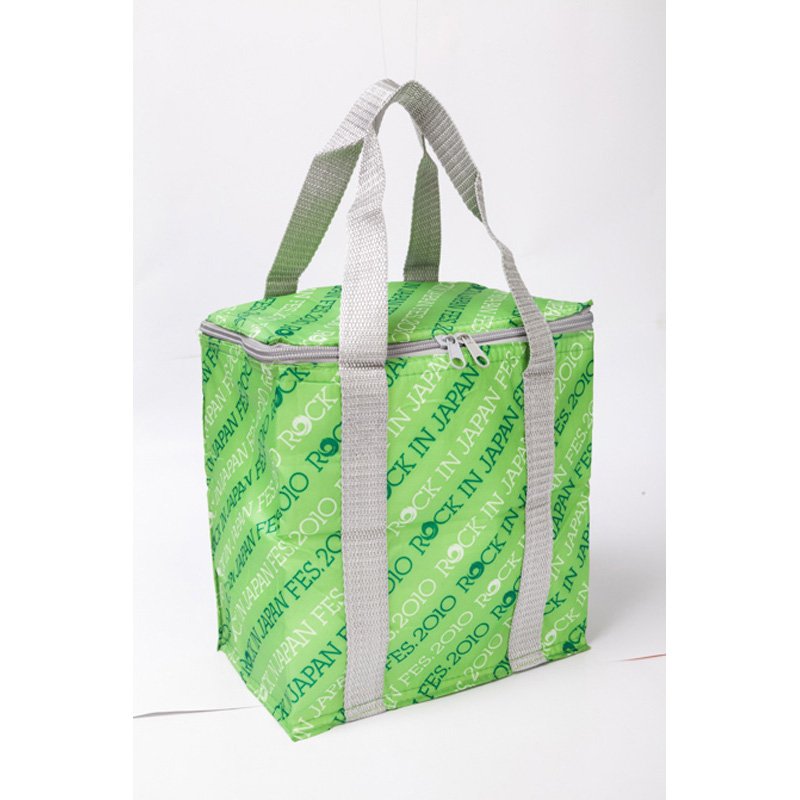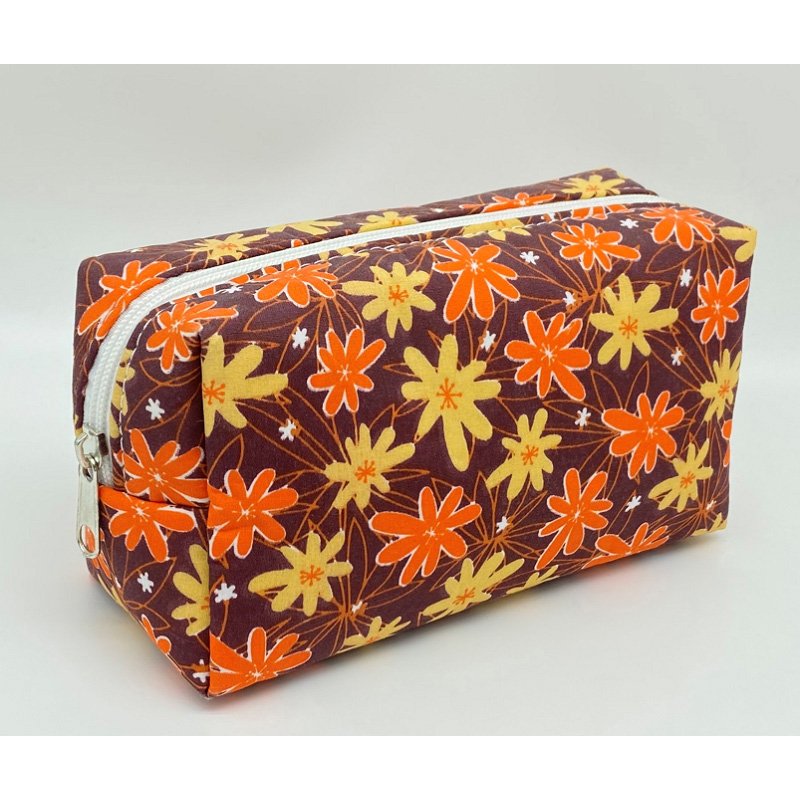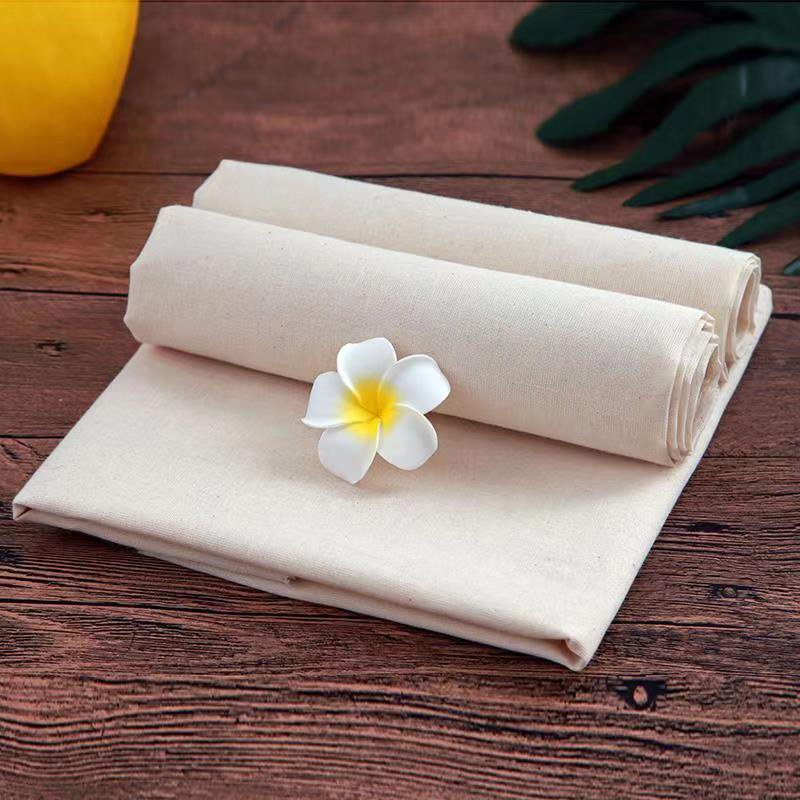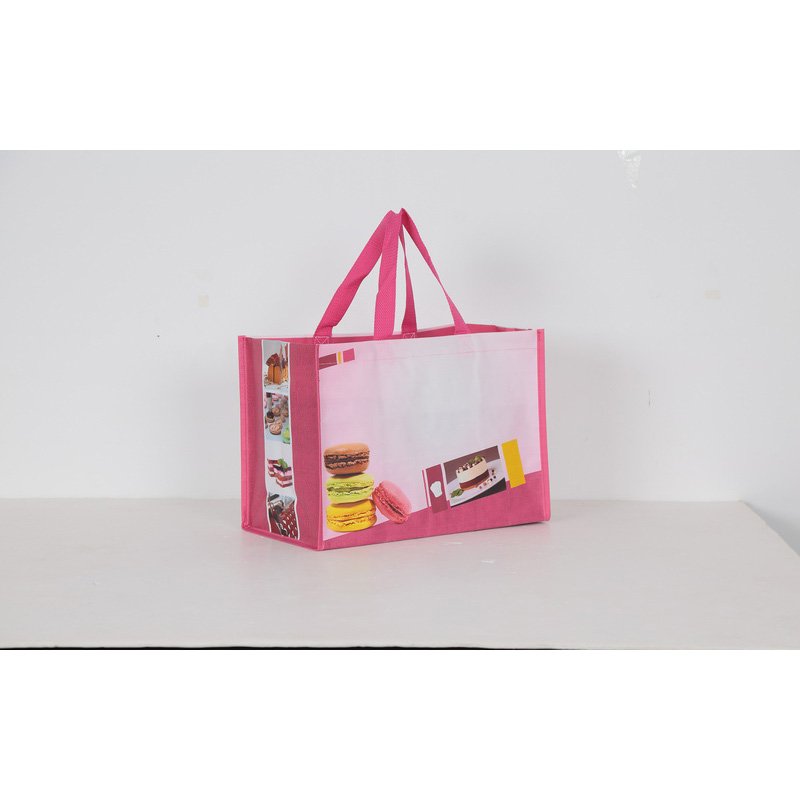Nylon mesh bags are versatile and durable, making them suitable for a wide range of practical scenarios. Here are 10 practical uses for nylon mesh bags:
1. Laundry Bag
- Delicates: Use nylon mesh bags to protect delicate items such as lingerie, hosiery, and sweaters during washing and drying.
- Sorting: Keep different types of laundry separated, such as colors and whites, or different family members’ clothes.
2. Produce Bag
- Grocery Shopping: Bring reusable nylon mesh bags to the grocery store for fruits and vegetables, reducing the need for plastic bags.
- Storage: Store produce in the fridge to allow air circulation, which can help keep fruits and vegetables fresh longer.
3. Beach Bag
- Sand and Water: Ideal for carrying beach toys, towels, and swimwear. The mesh allows sand to fall through and wet items to dry quickly.
- Easy Cleaning: Simply rinse off any remaining sand or debris from the bag.
4. Sports Equipment Bag
- Gym Gear: Transport gym clothes, shoes, and accessories. The breathable material helps to ventilate sweaty gear.
- Team Sports: Store and carry balls, cones, and other equipment for team sports like soccer, basketball, or volleyball.
5. Travel Organizer
- Packing Cubes: Use nylon mesh bags to organize clothing, toiletries, and accessories in your suitcase. The see-through material makes it easy to find items.
- Shoe Bag: Separate shoes from clothes to keep everything clean and organized.
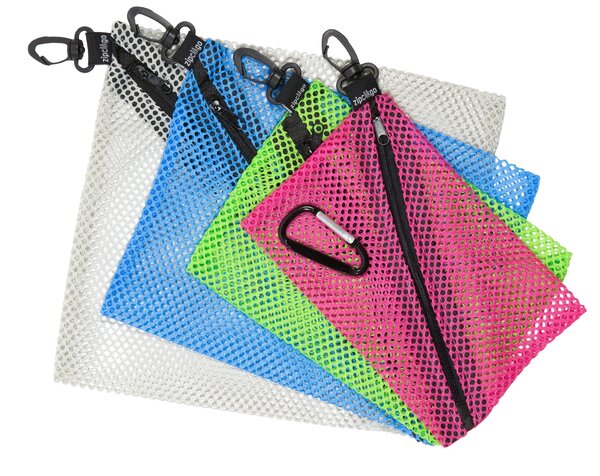
6. Toy Storage
- Small Toys: Keep small toys like building blocks, action figures, and doll accessories organized and easy to find.
- Bath Toys: Store bath toys in a mesh bag to allow them to drain and dry, preventing mold and mildew.
7. Gardening
- Tool Storage: Carry gardening tools, gloves, and other supplies. The mesh allows dirt to fall through and tools to air out.
- Harvesting: Collect fruits, vegetables, or flowers from the garden. The breathable mesh prevents produce from getting crushed and allows dirt to fall off.
8. School Supplies
- Art Supplies: Store and transport art supplies like paintbrushes, markers, and scissors. The mesh makes it easy to see what’s inside.
- PE Kit: Keep gym clothes, sneakers, and water bottles organized for school sports activities.
9. Storage for Outdoor Activities
- Camping: Store and organize camping gear such as utensils, ropes, and small tools. The breathable material helps prevent odors.
- Fishing: Use as tackle bags for fishing gear, allowing wet items to dry quickly and reducing the risk of rust.
10. Reusable Gift Bag
- Eco-Friendly Wrapping: Use nylon mesh bags as gift bags for an eco-friendly alternative to wrapping paper. The recipient can reuse the bag for various purposes.
- Visible Contents: The see-through mesh adds an interesting element to the gift presentation, showing a hint of what’s inside.
Conclusion
Nylon mesh bags are practical and versatile for a wide range of uses, from everyday tasks like grocery shopping and laundry to specialized activities like sports and gardening. Their durability, breathability, and see-through design make them a valuable tool for organizing, transporting, and storing various items.
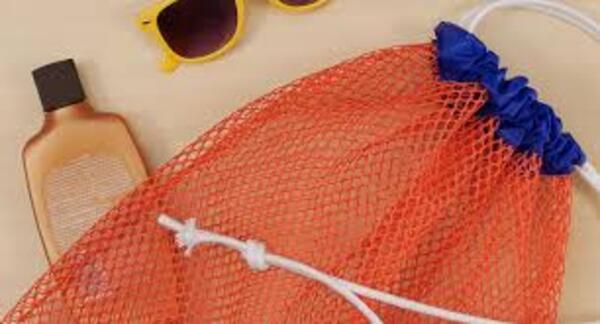
What are the materials of nylon mesh bags?
Nylon mesh bags are made from a variety of materials that provide durability, breathability, and flexibility. Here are the common materials and components used in the construction of nylon mesh bags:
1. Nylon Fabric
Types of Nylon
- Nylon 6 and Nylon 66: These are the most common types of nylon used in mesh bags. Nylon 66 has higher heat resistance and durability compared to Nylon 6.
- Ripstop Nylon: Features a crosshatch pattern of reinforcement threads to prevent tears and rips, providing added durability.
2. Mesh Structure
Mesh Weave
- Open Weave: Allows for maximum airflow and visibility, commonly used for produce bags and laundry bags.
- Closed Weave: Tighter weave for greater strength and less transparency, suitable for carrying heavier items.
3. Coatings and Treatments
Protective Coatings
- Water-Resistant Coating: Some nylon mesh bags are coated with water-resistant materials to provide protection against moisture.
- UV Protection: Treated with UV-resistant coatings to prevent degradation from sun exposure, useful for outdoor activities.
4. Reinforced Stitching
Seams and Edges
- Double or Triple Stitching: Reinforced stitching at seams and edges to enhance durability and prevent fraying.
- Bound Edges: Often bound with additional fabric or tape to prevent the mesh from unraveling.
5. Zippers and Closures
Materials
- Nylon Zippers: Lightweight and resistant to rust and corrosion, commonly used for easy opening and closing.
- Metal Zippers: Used for added strength and durability in heavy-duty mesh bags.
Types of Closures
- Drawstrings: Often made from nylon or polyester, providing a simple and effective closure method.
- Velcro: Hook-and-loop fasteners for easy access and adjustable closure.
6. Handles and Straps
Materials
- Nylon Webbing: Strong and durable, used for handles and shoulder straps.
- Padded Handles: Some bags feature padded handles for added comfort, especially when carrying heavy loads.
7. Recycled Materials
Eco-Friendly Options
- Recycled Nylon: Made from recycled materials such as discarded fishing nets, fabric scraps, and other nylon products, contributing to environmental sustainability.
8. Mesh Size and Thickness
Customization
- Various Mesh Sizes: Different sizes of mesh holes depending on the intended use, from fine mesh for delicate items to larger holes for sturdier items.
- Thickness: Varies from lightweight mesh for easy portability to heavy-duty mesh for carrying heavier or bulkier items.
Conclusion
Nylon mesh bags are made from a combination of durable nylon fabric, reinforced stitching, and various closures and handles to ensure strength and functionality. The choice of materials and construction methods can vary depending on the intended use of the bag, whether it’s for carrying groceries, laundry, sports equipment, or other items. With options for recycled materials and protective coatings, nylon mesh bags offer versatility and environmental benefits.
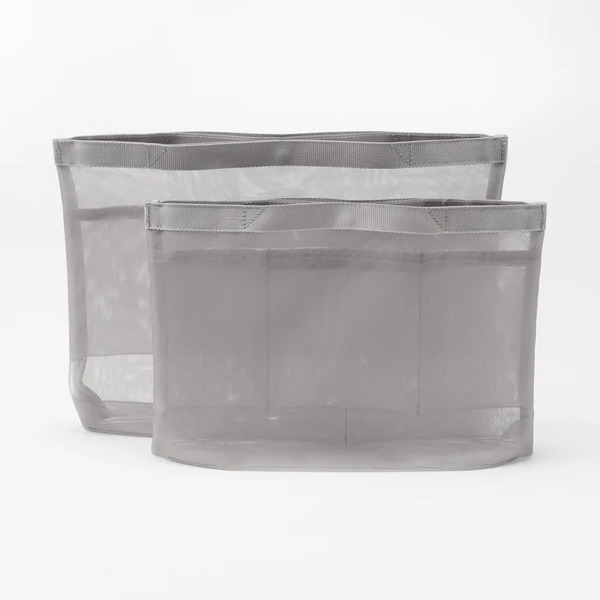
How to Clean and Maintain Nylon Mesh Bags
Cleaning and maintaining nylon mesh bags properly can extend their lifespan and keep them looking fresh and functional. Here are detailed steps and tips for cleaning and maintaining your nylon mesh bags:
Cleaning Nylon Mesh Bags
1. Basic Cleaning
Supplies Needed:
- Mild detergent or soap
- Warm water
- Soft brush or sponge
- Towel
Steps:
- Empty the Bag: Remove all items from the bag and shake out any loose dirt or debris.
- Prepare Cleaning Solution: Mix a small amount of mild detergent or soap with warm water in a basin or sink.
- Soak the Bag: Submerge the bag in the soapy water and let it soak for a few minutes to loosen any dirt or grime.
- Scrub Gently: Use a soft brush or sponge to gently scrub the bag, focusing on any stained or soiled areas.
- Rinse Thoroughly: Rinse the bag thoroughly with clean water to remove all soap residue.
- Dry the Bag: Gently squeeze out excess water and pat the bag dry with a towel. Hang the bag to air dry completely before using or storing it.
2. Deep Cleaning
Supplies Needed:
- Baking soda
- Vinegar
- Mild detergent
- Warm water
- Soft brush or sponge
Steps:
- Create a Paste: Mix baking soda with a small amount of water to form a paste.
- Apply Paste to Stains: Apply the paste to any stubborn stains and let it sit for about 15 minutes.
- Scrub the Bag: Use a soft brush or sponge to scrub the stained areas with the baking soda paste.
- Rinse with Vinegar Solution: Rinse the bag with a mixture of equal parts vinegar and warm water to help break down any remaining residue.
- Final Rinse: Rinse the bag thoroughly with clean water to remove all cleaning agents.
- Dry the Bag: Squeeze out excess water, pat dry with a towel, and hang the bag to air dry.
3. Machine Washing (If Applicable)
Steps:
- Check the Label: Ensure the bag is machine washable by checking the care label or manufacturer’s instructions.
- Use a Laundry Bag: Place the nylon mesh bag inside a laundry bag to protect it during the wash cycle.
- Gentle Cycle: Wash the bag on a gentle cycle using cold water and mild detergent.
- Air Dry: Do not use a dryer. Instead, hang the bag to air dry completely.
Maintenance Tips
1. Regular Cleaning
- Routine Care: Clean the bag regularly to prevent buildup of dirt and grime, especially if it’s used frequently.
- Spot Cleaning: Address small stains and spills immediately with a damp cloth and mild detergent.
2. Proper Storage
- Dry Before Storing: Always ensure the bag is completely dry before storing to prevent mold and mildew growth.
- Cool, Dry Place: Store the bag in a cool, dry place away from direct sunlight, which can weaken the material over time.
3. Avoid Overloading
- Capacity Limits: Avoid overloading the bag beyond its recommended weight capacity to prevent tearing and strain on the seams.
4. Repairing Small Tears
- Repair Kits: Use nylon repair patches or fabric glue to fix small tears or holes in the mesh.
- Sewing: For more durable repairs, sew small tears using a needle and strong thread.
5. Preventing Odors
- Air Out Regularly: Air out the bag regularly to prevent musty odors, especially after carrying wet or sweaty items.
- Deodorizing: Use a mixture of water and vinegar or baking soda to deodorize the bag if it develops an unpleasant smell.
Conclusion
Proper cleaning and maintenance of nylon mesh bags involve regular cleaning, gentle handling, and appropriate storage. By following these steps, you can keep your nylon mesh bags in good condition, ensuring they remain durable and functional for a long time.


